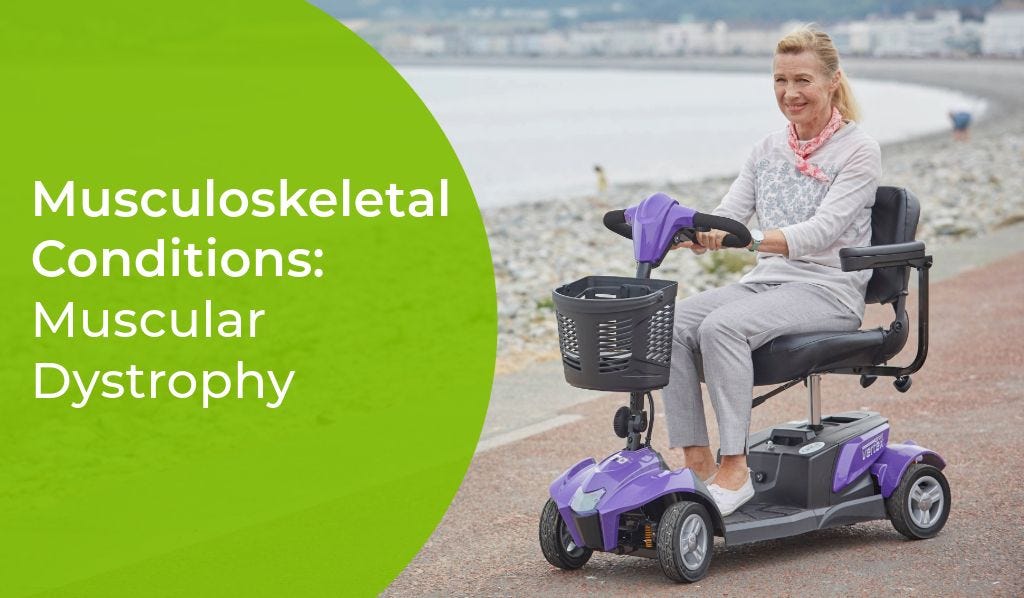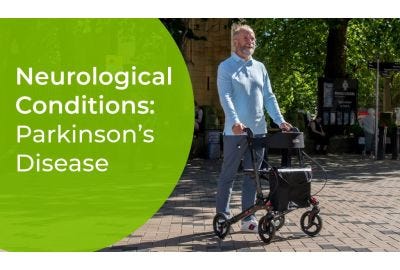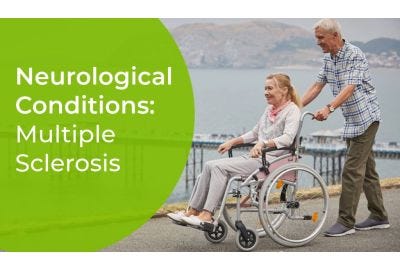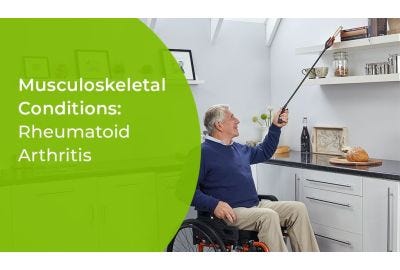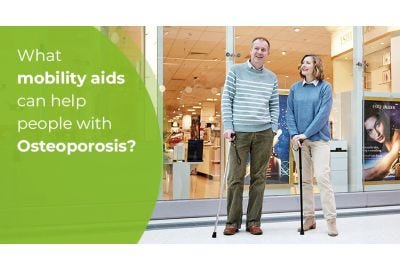Muscular dystrophy (MD) refers to a group of more than 60 different medical conditions that cause the wasting of muscle cells, leading to the progressive weakening and degeneration of muscles.
Common types of MD include Duchenne muscular dystrophy (DMD), caused by a deficiency of a protein called dystrophin, congenital muscular dystrophy (CMD), caused by a lack of glycoproteins and typically present from birth, and Facioscapulohumeral muscular dystrophy (FSHD), which is caused by a genetic mutation that switches on a gene that weakens muscles over time.
MD can affect both sexes and symptoms can manifest at any age, from birth to late middle-age. However, the most common types of MD are more likely to affect males and to become symptomatic in childhood or teenage years.
Common symptoms of MD
Different types of MD can vary in terms of the severity of their symptoms and the age at which those symptoms most commonly manifest. However, the symptoms themselves are broadly similar across all variations of MD, and they typically include the following:
- Frequent falls
- Difficulty in transitioning from lying down or sitting to standing up
- Muscular pain and stiffness
- Difficulty running and jumping
- Walking with a waddling gait
- Delayed growth
Muscular dystrophy is often, but not always, accompanied by learning difficulties.
Mobility aids for muscular dystrophy
There is no cure for MD, but there are a range of treatments that can help manage the symptoms and improve quality of life. Mobility aids can help people with MD to live more easily, safely and independently.
Here are some of the mobility aids that are commonly used to make day to day life easier when you have MD:
Canes – a walking cane provides that extra stability and support for people with MD who have mild to moderate weakness in their legs. It can help to improve balance and reduce the risk of falls. Canes also provide that all-important confidence boost for those with a fear of falling.
Walkers – walkers provide more support than canes. They are helpful for those with MD who have more severe weakness in the legs but can still walk with support. Walkers come in a choice of styles, including three-wheeled tri-walkers and four-wheeled rollators.
Wheelchairs – a wheelchair provides mobility for people with MD who are unable to walk or can only manage a few steps. There is a huge choice of different wheelchairs available, including manual wheelchairs, which are wheeled by hand or pushed by an attendant, or power wheelchairs, which are self-propelled using an electric motor.
Scooters – a scooter is the next step up from a power wheelchair, providing increased comfort and range. It is a perfect choice for anyone with MD who cannot walk but still values his or her independence.
Kitchen aids – gadgets like jar openers can make all the difference in helping you get by without assistance when you have MD. There are a host of other gadgets to help with kitchen tasks like peeling vegetables and handling boiling water safely.
Dressing aids – shoe horns, sock helpers and other aids make it easier for those with MD to dress in dignity and without assistance.
Handy gadgets – these include trolleys, grabbers and the like. They are ideal for keeping household necessities to hand, or retrieving them from the floor or a high shelf.
Grab bars and rails – MD can make you more at risk of losing your footing and less able to recover if you do so. A grab bar or rail in the right place, whether that’s in the bathroom or outside the front door, can make all the difference.
Find the right mobility aids for you
The best type of mobility aid for a person with MD will depend on the type of MD, the severity of the condition and the specific symptoms being experienced. No two individuals have identical needs.
What’s more, MD is a progressive condition, so symptoms and needs will change over the course of time.
An occupational therapist can help to assess an individual’s needs and will be able to offer recommendations as to the most appropriate type of mobility aids.
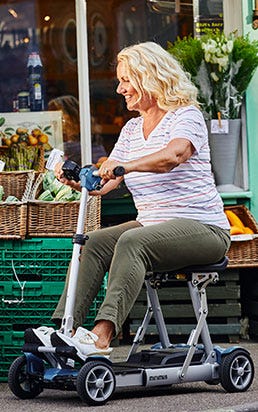

 Price Match Promise
Price Match Promise
 Next day delivery, 7 days a week
Next day delivery, 7 days a week
 Nationwide Showrooms
Nationwide Showrooms
 Rated Excellent
Rated Excellent
